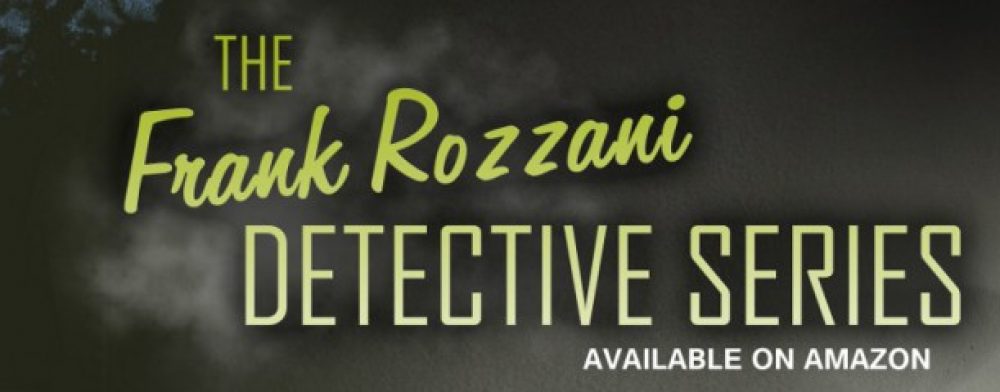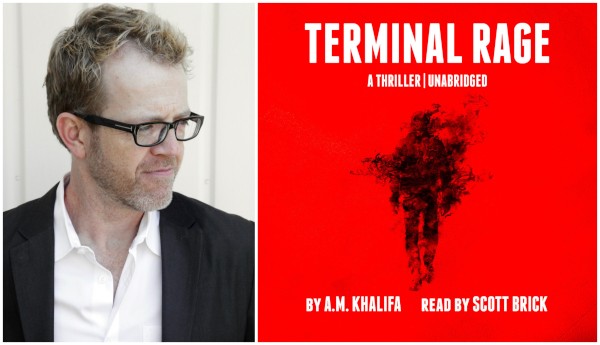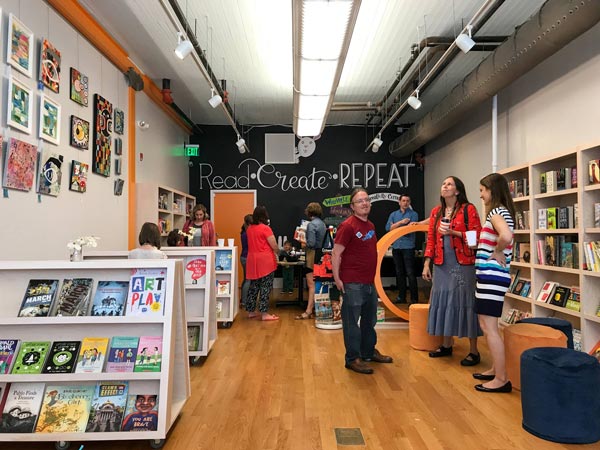If Your Protagonist is a Person of Color Your Book Cover Might Get Whitewashed
 The old phrase is that you shouldn’t judge a book by its cover, but if that were true a significant chunk of the marketing industry wouldn’t exist. We absolutely judge books by their covers, and when it’s a question of the race of your main characters, there’s a good chance that people of color are going to get whitewashed. How likely is that? Is there anything you can do about it? Let’s explore the ins and outs of the subject.
The old phrase is that you shouldn’t judge a book by its cover, but if that were true a significant chunk of the marketing industry wouldn’t exist. We absolutely judge books by their covers, and when it’s a question of the race of your main characters, there’s a good chance that people of color are going to get whitewashed. How likely is that? Is there anything you can do about it? Let’s explore the ins and outs of the subject.
Author Control of Book Covers
It’s important to know that in the major publishers an author has virtually no say about the cover image of his or her book. Even someone as famous and established as Anne Rice has thrown up her hands and declared herself powerless when fans complained about the cover of Prince Lestat. There are entire departments at publishers who know what sort of images attract eyeballs and open wallets, and they’re the ones who decide the look of your novel. A lot of the image is based on what is selling at the moment. If you wondered why so many young adult novel covers after Twilight came out sort of looked like Twilight even if the stories were miles apart, that’s why.
Read the rest of this story, HERE.
How Wattpad Is Rewriting the Rules of Hollywood

For its 65 million unique monthly visitors, the digital literature website/social networking app Wattpad is a kind of internet safe space. It’s a nurturing, highly interactive community where its core 13- to 35-year-old readership spends around 20 billion combined minutes per month consuming and critiquing user-generated stories, in genres such as sci-fi, young-adult fiction, poetry, and horror, but also fanciful fanfic with titles like 50 Shades of Drake and Harry Styles Dirty Imagines. For Hollywood development executives, however, Wattpad has come to serve an altogether different purpose. Since launching its dedicated entertainment division Wattpad Studios two years ago, the self-publishing platform has evolved into a one-stop shop for fresh IP: an influential incubator for original storytelling with a decidedly Gen Y bent that media bosses are increasingly turning to for new TV shows, movies, and digital series.
Read the rest of this story HERE.
The Rise of Indie Audiobooks
An Interview with Scott Brick
The audiobook industry is booming, with self-publishing outfits looking to carve out a piece of the growing indie market and high-profile narrators warming to working with self-published authors. Among them is audio veteran Scott Brick, who has narrated more than 850 audiobooks, most recently Terminal Rage, a self-published thriller by indie author A.M. Khalifa. We caught up with Brick—Publishers Weekly‘s Narrator of the Year in 2007—at his home in Los Angeles to talk about narration, working with indie authors, and all things audio.
You’ve narrated books by some of the most renowned authors in the world. Recently, you’ve been working with indie authors. What’s changed?
Read the rest of this story HERE.




Reblogged this on Legends of Windemere.
LikeLiked by 1 person
Thanks for sharing this, Charles
LikeLike
You’re welcome
LikeLiked by 1 person
Reblogged this on DSM Publications and commented:
Indie Publishing stories for this week.
LikeLike
Reblogged this on Anna Dobritt — Author.
LikeLiked by 1 person
Thanks for sharing this, Anna
LikeLike
Reblogged this on Chris The Story Reading Ape's Blog and commented:
See all FIVE articles on Don’s original blog post 😎
LikeLiked by 1 person
Thanks for sharing this, Chris.
LikeLiked by 1 person
Welcome, Don 😃
LikeLiked by 1 person
Reblogged this on Viv Drewa – The Owl Lady.
LikeLiked by 1 person
Thanks for sharing this.
LikeLike